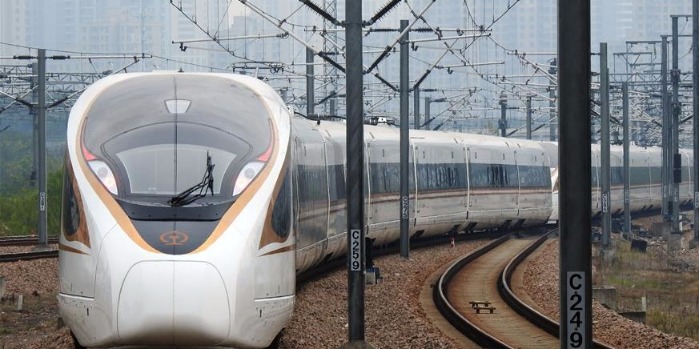Report says tax authority's reform efforts are succeeding
China's tax authority made remarkable progress last year in its reform efforts, achieving positive changes in tax system structure, technology and the administrative culture, according to a report jointly issued by the World Bank Group and PwC.
The changes have helped to reduce the time in paying taxes by 20 percent from 259 hours in 2015 to 207 hours in 2016; that is also a reduction of 75 percent since 2004, according to the report: Paying Taxes 2018, which measured the ease of paying taxes across 190 economies.
"The Chinese State Administration of Taxation has been working hard to achieve its goal of establishing a modern tax administration system by 2020," the two organizations noted. Their report confirmed that a focus on tax reforms and technology in China has eased tax compliance burdens.
Matthew Mui, a partner of PwC China National Tax Policy Services, said: "We see that China's tax environment has been continuously evolving, making it easier for companies to fulfill their compliance obligations."
According to a working summary, in 2016, SAT introduced 8,336 measures via the "Spring Breeze Campaign" to ease tax compliance, including streamlining organization of all levels of tax bureaus, standardizing various tax payment procedures and systems, and embracing young taxpayers' favorite online and mobile apps to provide innovative tax services and promote timely awareness of tax rules.
The SAT's "Internet + Taxation Initiative", which was launched in 2015, will "unlock the potential of big data to benefit taxpayers", as the report said, through sharing more data among government bodies to avoid repetitive data collection, online training to facilitate the understanding of systems and tax rules, and e-invoices to reduce the time and cost for handling paper invoices.
A new system to standardize tax compliance procedures across regions, eliminate duplicate filing and enhance the efficiency of tax authorities has also been built, as the so-called "Golden Tax III" System.
China's tax reform, which is to replace business tax with a value-added tax, aiming to boost service industries in China, entered its final phase in May 2016, and it has decreased the total tax and contribution rate by 0.3 percentage points between 2015 and 2016, or an overall tax reduction of 0.8 percentage points, according to the report.
Research from Shanghai University of Finance and Economics, issued in August, showed that corporate taxpayers enjoyed tax savings of 699 billion yuan ($103 billion) during the past 12 months.









